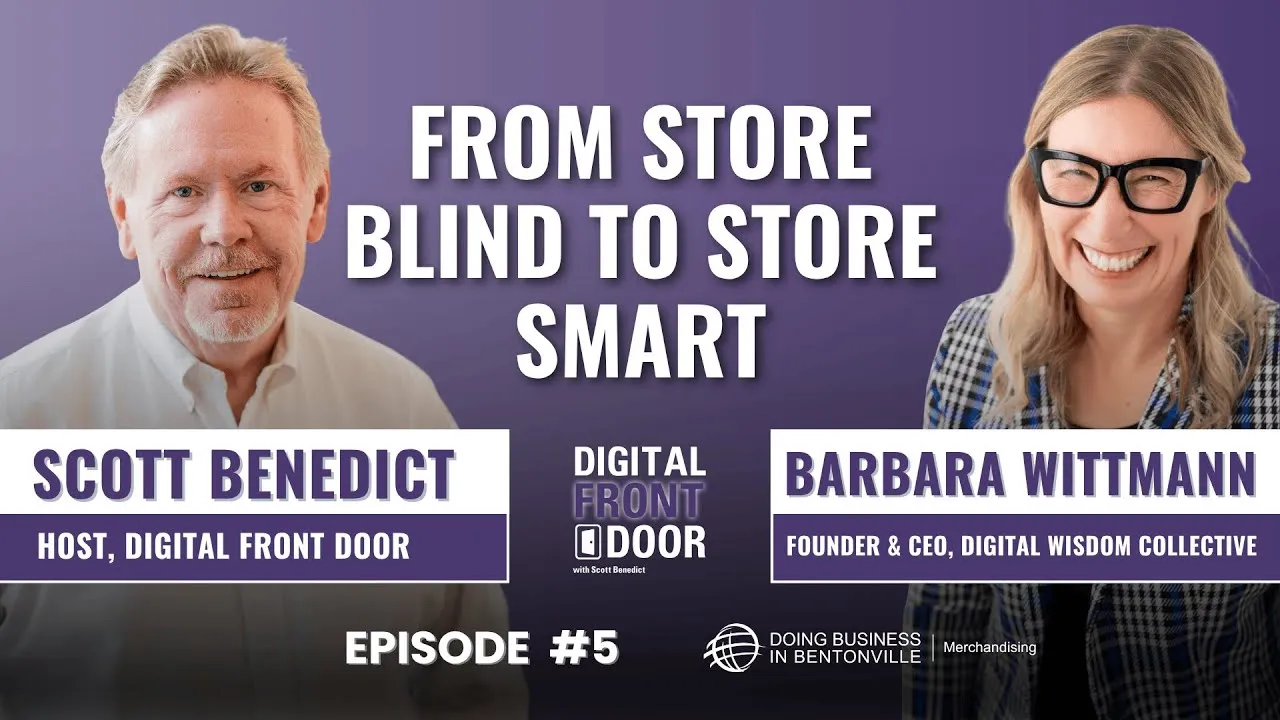Retail's wholesale club landscape is changing dramatically, but are you aware of how these shifts might affect your shopping strategy or business approach? Drawing from my extensive career in wholesale club retail, I share fascinating insights from a recent Warehouse Club Focus analysis that reveals surprising trends in how the major players are positioning themselves today.
When Sol and Robert Price created the wholesale club concept in the late 1970s, it was fundamentally a business-to-business model targeting restaurants, convenience stores, and small offices. Today's reality looks remarkably different. BJ's has reduced its business-friendly assortment from 24% to just 18% since 2005. More dramatically, Costco's traditional clubs have slashed their wholesale focus from 54% in the late 90s to a mere 16% today (though they maintain 32 separate business-centered locations nationwide).
The standout finding? Sam's Club has maintained a stronger commitment to its business-member roots, with 35% of food items and 18% of non-food merchandise still targeting wholesale customers. This strategic divergence carries significant implications for manufacturers and shoppers alike. Suppliers need tailored approaches when working with each chain rather than a one-size-fits-all strategy. Meanwhile, consumers should carefully consider their needs—business or personal—when deciding where to invest their membership dollars.
Whether you're a small business owner looking for true wholesale opportunities, a manufacturer seeking the best retail partners, or a savvy consumer maximizing value, understanding these shifting priorities helps you navigate the evolving wholesale club marketplace. The next time you're considering which membership card to pull out, remember that behind the similar warehouse aesthetics lie increasingly different business strategies and customer focuses.

Wholesale Clubs: Business vs. Consumer Focus
As the wholesale club model rapidly evolves away from its business-to-business roots, understanding each chain's unique strategy is now essential for both suppliers and savvy shoppers alike.
Latest

Ep. 5 - Your Tech Stack Isn’t Broken, Your Org Chart Might Be
Barbara Wittmann reveals why retail transformation succeeds when culture clarity and empowered mid level leaders guide the work. Learn how human infrastructure mindset and smart use of existing tools turn AI data and tech into real lasting results.

Store-First Thinking Is Holding Retail Back
Retail wins when digital and store teams act as one. Learn why shopper behavior demands unified planning data and goals plus how a digital infused model unlocks real growth by removing silos and serving customers with speed clarity and consistency.

Ep. 7 - Influence with Integrity: Mixing AI and Authenticity
Emma Curry breaks down how to blend AI creators with real human influence while protecting trust and boosting retail media performance. Learn smart content planning asset strategy and transparency tips that help brands move fast without losing authenticity.

Urban Outfitters’ Holiday Pop‑Up Turns O’Hare Airport Into Seasonal Lounge
Urban Outfitters debuts “Club Holiday” lounge at Chicago O’Hare — a part‑igloo, part‑sandcastle pop‑up offering travelers games, wishlists, swag and a festive break from holiday travel chaos.




